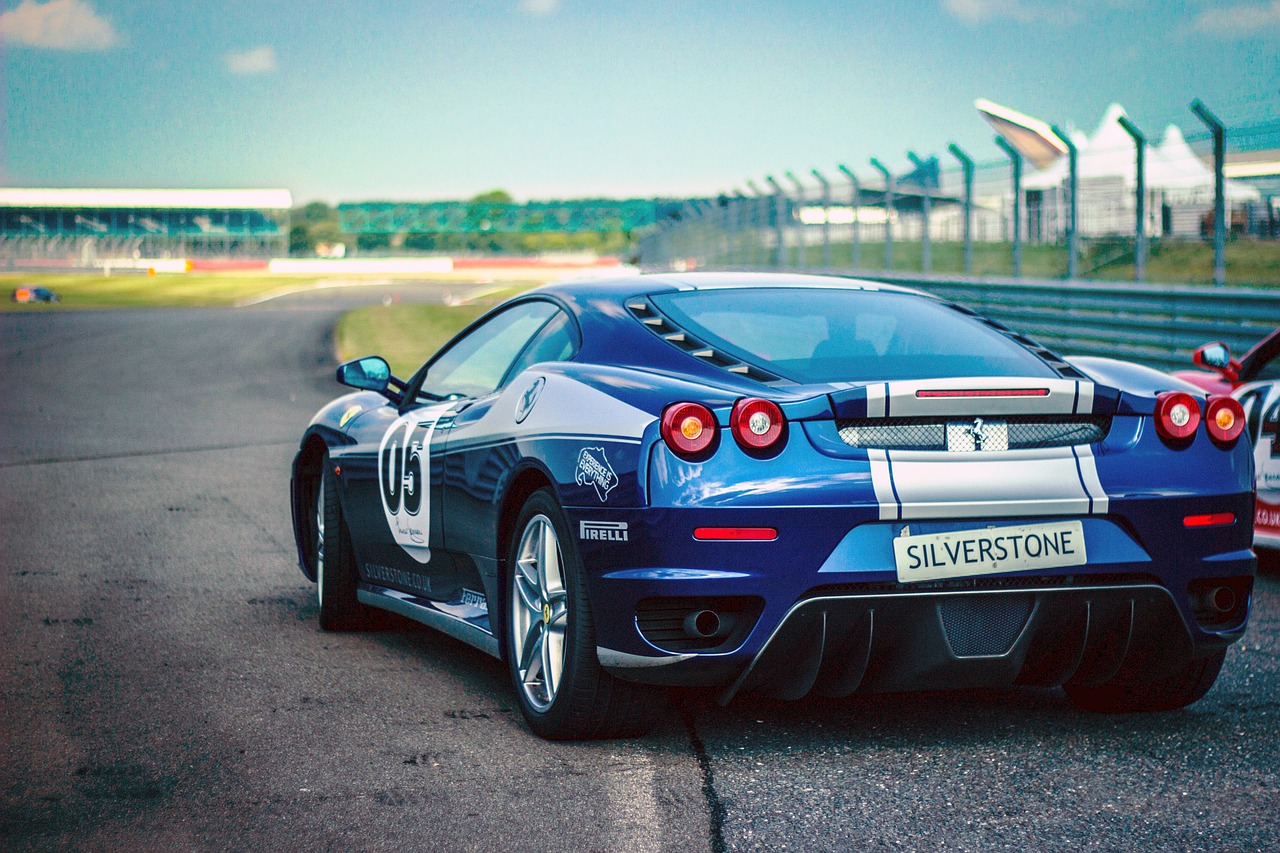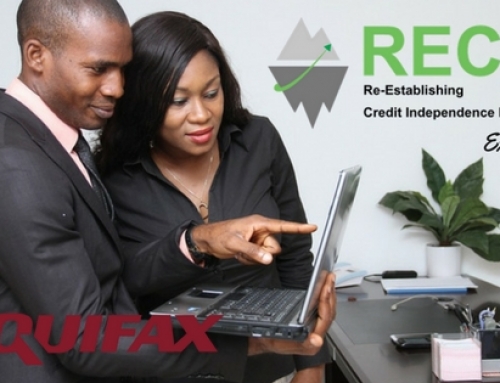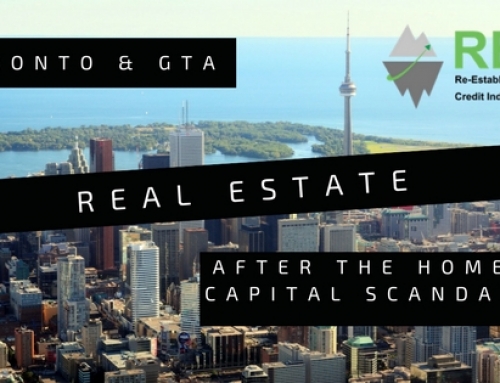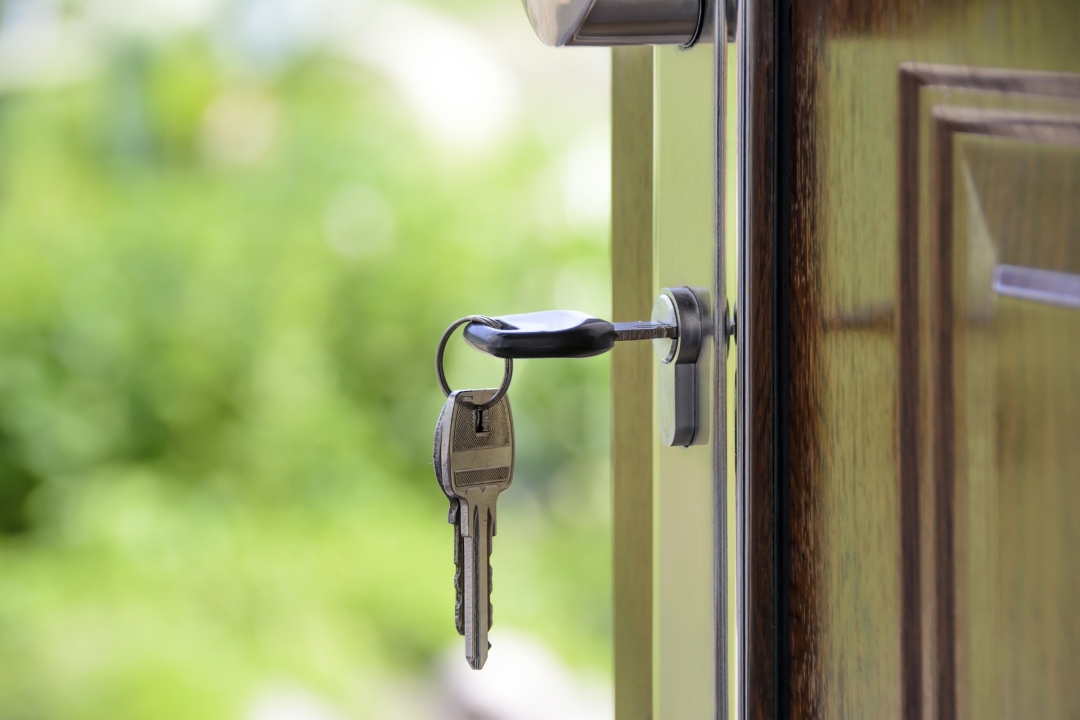Have you heard of the expression “cash flow is king”? Although cash flow is often considered a business term, it is very relevant to personal finance.
First, let’s establish the hard meaning behind this phrase:
Cash flow – is the total amount of money being transferred into and out of an account per period.
Well-established businesses are typically those that maintain excellent cash flow at all times. It’s a lack of cash flow that usually causes a business to go under. It’s worth mentioning that high overheads are typically responsible for poor cash flow.
To put it simply, if your rent, utilities & payroll expenses exceed your business income- you won’t stay in business for very long.
Now, let’s talk about how this applies to your personal finance. Just as you would do in business, you have to look at one’s personal finances on the basis of cash flow.
Since income taxes in Canada take up anywhere between 25-45% of your income, carrying long-term debt (such as car payments) may sound a lot easier in theory than in practice. Let’s average out our taxes to 33% of income for the purpose of this calculation. Deducted at source by your employer, you are only left with roughly 66% of your income once the government is done with you.
As per current* government standards your total mortgage, taxes, and heating payments (also known as GDS or Gross Debt Servicing) cannot exceed 35-39% of your total income. Since most homebuyers end up maxing out their ratios in the search of a dream home, let’s leave it at an average 37%.
*(this article is being written in October 2016)
So if your new home PITH payments take up 37% of your income, all you are really left with is 30% of your receivables to pay for groceries, grooming supplies, clothes, cat food, phone, cable, internet, gifts, little Sally’s soccer classes, holiday shopping, hydro, and date nights… the list goes on. Oh and most importantly… transportation.
Truth be told, unless you are making >$100k annually, you now likely won’t be able to carry much of a mortgage. With a $600-1000 monthly lease payment, along with insurance, gas and occasional repairs, you are agreeing to spend anywhere between 15-25% of your income on your car!
If home purchase is something you are looking to consider in the near future, it may be wise to put your car purchase on hold, or at least consider buying something less expensive in the meantime. Once you are able to close the mortgage on your new home, the coming months willl give you a clearer picture as to what you can realistically afford.
So, going back to the very first paragraph of this article… Cash flow is king! Don’t set yourself up for poor cash flow by getting into an expensive lease or financing arrangement. Save the luxuries for later and start planning for your future appropriately!













